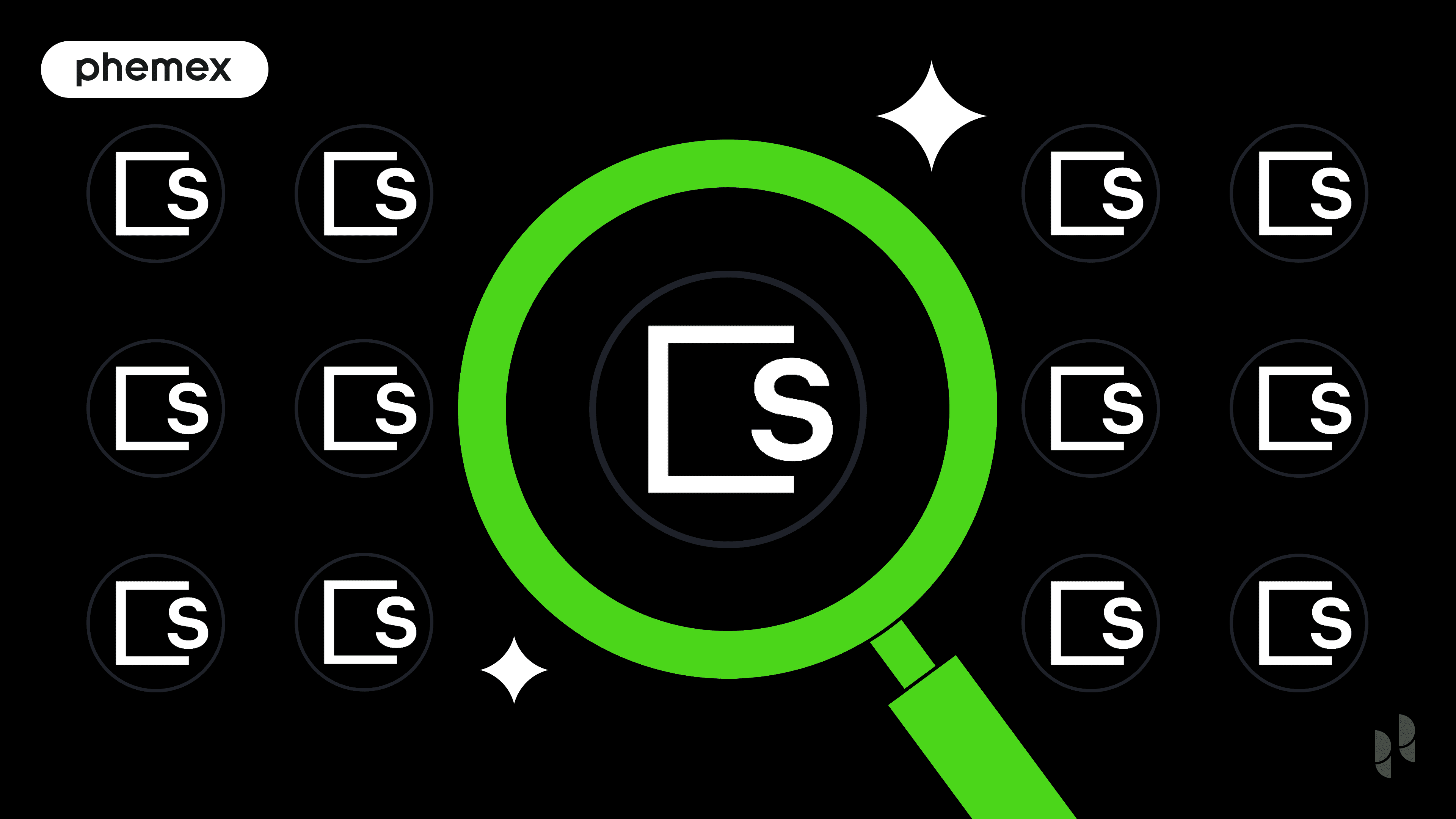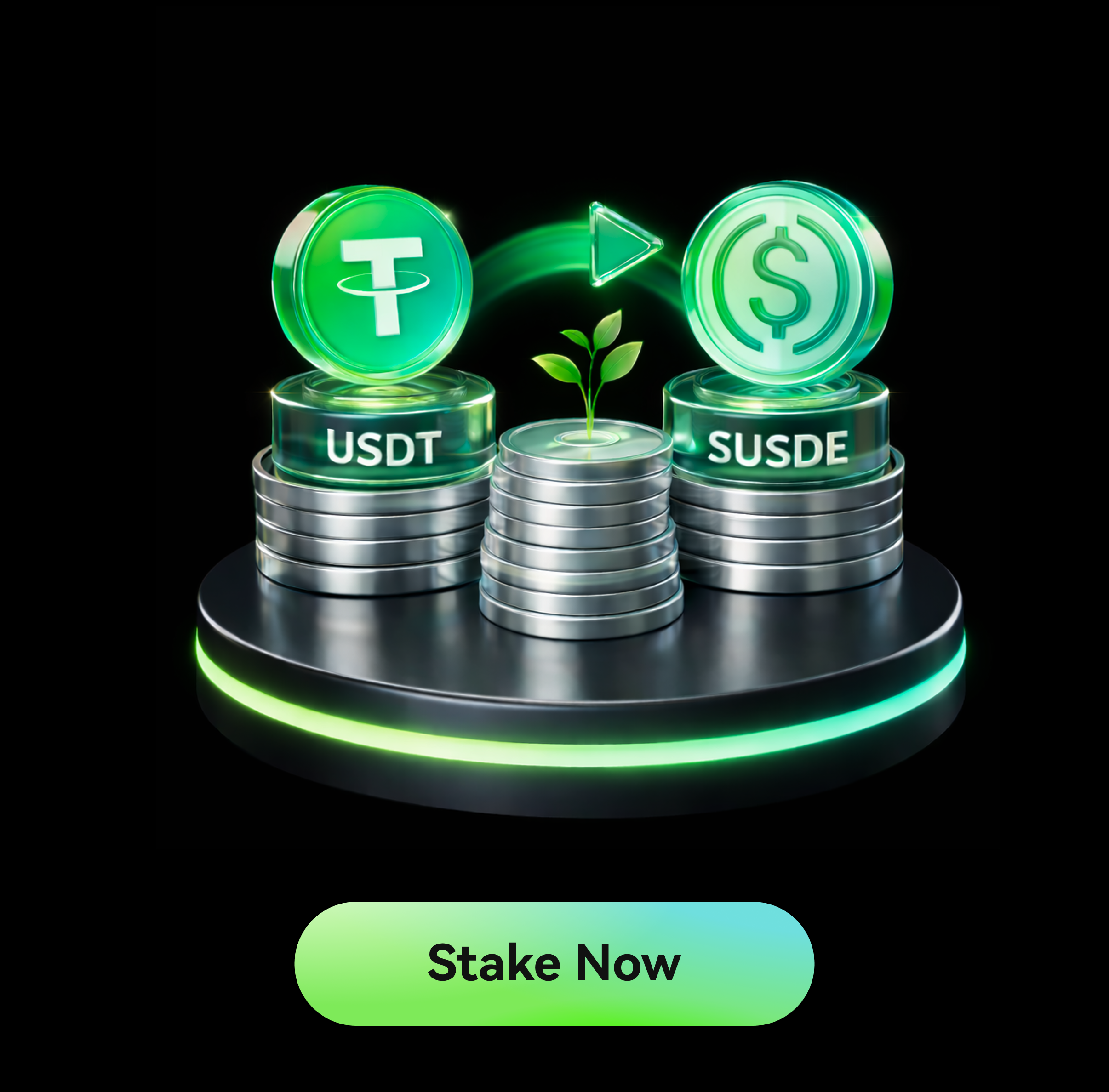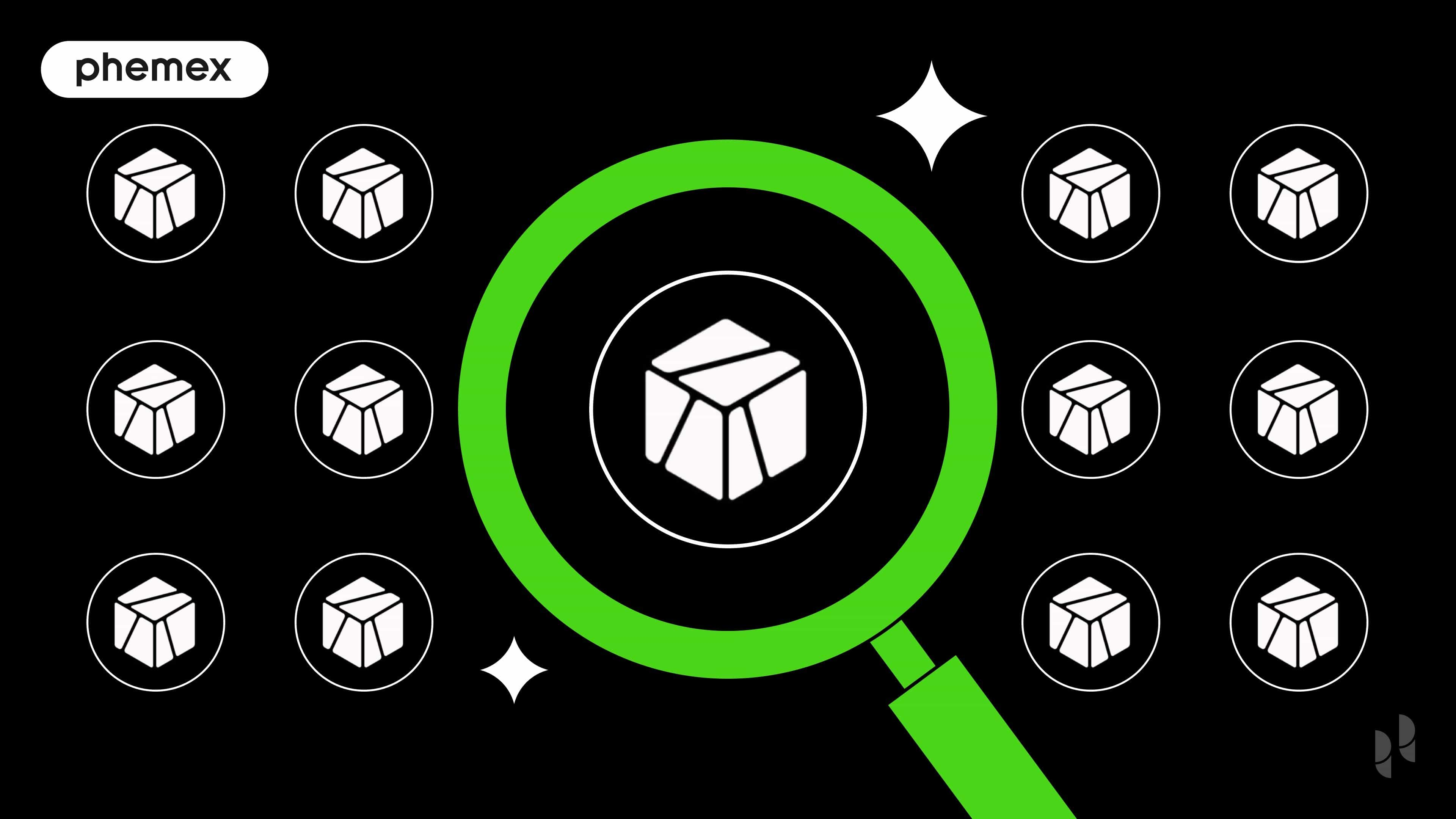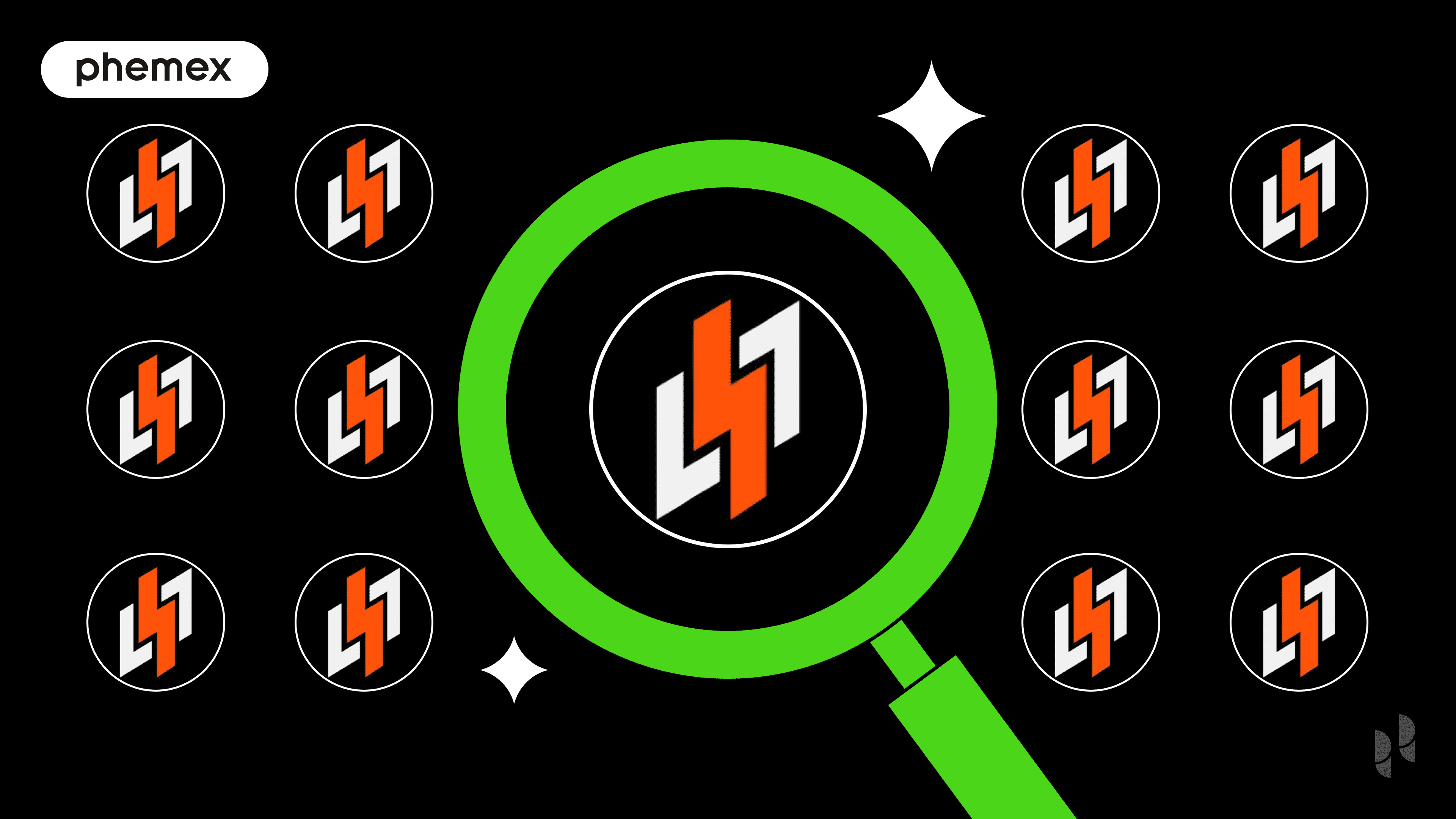Key Takeaways:
-
SKALE is a network of interoperable, EVM-compatible blockchains that offers high performance and zero gas fees for decentralized applications (dApps).
-
The native token, SKL, is used for staking, governance, and paying for network resources.
-
SKALE's unique architecture allows for the creation of an unlimited number of independent blockchains, known as SKALE Chains.
-
The project was founded by experienced tech entrepreneurs Jack O'Holleran and Stan Kladko.
-
Phemex listed SKL for spot trading on March 27, 2024.
Introduction
SKALE (SKL) is an innovative blockchain network designed to address the scalability challenges that have plagued many decentralized applications. By providing a framework for interoperable, high-performance blockchains with no gas fees for end-users, SKALE is paving the way for a new generation of dApps in areas like gaming and artificial intelligence. This guide will explain what SKALE is, how it works, and how you can get involved with this forward-thinking project through platforms like Phemex Academy.

Summary Box (Quick Facts)
-
Ticker Symbol: SKL
-
Chain: Ethereum (ERC-777 token)
-
Contract Address: 0x00c83aecc790e8a4453e5dd3b0b4b3680501a7a7
-
Circulating Supply: Approximately 5.94 billion SKL
-
Max Supply: 7 billion SKL
-
Primary Use Case: Scaling solution for Ethereum dApps with zero gas fees.
-
Current Market Cap: Approximately $188 million
What Is SKALE (SKL)?
SKALE is a network composed of numerous independent yet interconnected blockchains, referred to as SKALE Chains. It operates as a multichain network that works in conjunction with the Ethereum blockchain, aiming to enhance the overall user experience in the blockchain space.
The primary problem SKALE solves is network congestion on Ethereum, which often leads to slow transaction times and high fees. By allowing developers to deploy their own dedicated, EVM-compatible blockchains, SKALE enables dApps to run with high throughput, low latency, and, most notably, zero gas fees for the end-user. This makes it particularly relevant for applications in high-growth sectors like DeFi, NFTs, and blockchain gaming that require fast and frequent transactions.
What is SKALE explained simply? It's like having a dedicated, high-speed lane for your dApp on the Ethereum highway, eliminating traffic jams and toll booths.
How Many SKL Are There?
The SKALE network has a fixed maximum supply of 7 billion SKL tokens. As of mid-2025, the circulating supply is approximately 5.94 billion SKL.
The initial distribution of the total token supply was allocated to various stakeholders to support the network's growth and security. The breakdown is as follows:
-
Validators Rewards: 33.0%
-
Delegator Allocation (Early Supporters & Public Allocation): 28.1%
-
Broader Founding Team: 16.0%
-
SKALE Foundation: 10.0%
-
Protocol Development Fund: 7.7%
-
Core Team Pool: 4.0%
-
Ecosystem Fund: 1.3%
The network has an inflationary model where new tokens are minted and distributed as validator rewards for securing the network. Additionally, the pre-minted tokens allocated to the team, foundation, and investors are subject to a vesting schedule. As shown in the issuance schedule, these locked tokens are gradually released into the circulating supply over a period of up to twelve years, contributing to a controlled increase in supply over time. There are no explicit burning mechanisms mentioned; the supply is managed through this predetermined issuance schedule.
What Does SKL Do?
The SKL token is the native utility token of the SKALE network and serves several critical functions within its ecosystem.
The primary SKALE use case is for developers to pay subscription fees to "rent" their own SKALE Chain. This subscription model is how the network can offer zero gas fees to end-users, as the cost is covered by the dApp developers upfront.
Furthermore, SKL tokens are integral to the network's security and governance:
-
Staking: Token holders can stake their SKL to become validators, who run nodes to validate transactions and secure the network, or they can delegate their tokens to validators to earn a share of the rewards.
-
Governance: SKL holders have the right to participate in the on-chain governance of the SKALE network, voting on key parameters and future developments.
SKL is designed as an ERC-777 token, which is backward compatible with the more common ERC-20 standard, allowing for broad wallet support and easy integration into the Ethereum ecosystem.
SKL vs. Ethereum
While SKALE is built to work with Ethereum, there are fundamental differences in their technology, speed, fees, and primary use cases.
| Feature | SKALE | Ethereum |
| Technology | Multichain network of application-specific blockchains. | A single, general-purpose blockchain. |
| Consensus | Proof-of-Stake (PoS) with Asynchronous Binary Byzantine Agreement (ABBA). | Proof-of-Stake (PoS). |
| Speed and Fees | High throughput with sub-second block times and zero gas fees for end-users. | Variable transaction speeds and often high gas fees, especially during periods of congestion. |
| Use Case | Providing a scalable, cost-effective environment for dApps, especially in gaming and AI. | A secure base layer for a wide range of dApps, smart contracts, and DeFi. |
| Decentralization | Aims for high decentralization through a large number of validator nodes and random node selection. | Highly decentralized with a vast network of nodes. |
In essence, SKALE can be seen as a powerful extension of Ethereum, offering a more tailored and efficient environment for developers who need high performance and predictable costs. For those looking to understand market dynamics, keeping an eye on the SKL price can offer insights into the adoption of scaling solutions.
The Technology Behind SKL
SKALE's innovative technology is what enables its high performance and unique features. The network is built on a foundation of several key components:
-
Consensus Mechanism: SKALE uses a Proof-of-Stake (PoS) consensus mechanism combined with an Asynchronous Binary Byzantine Agreement (ABBA) protocol. This allows for fast and secure consensus, even in environments with network delays. Unlike many other protocols, SKALE's consensus is leaderless, meaning all participating nodes have an equal chance to propose new blocks, which helps prevent collusion.
-
Elastic Sidechains: The core of SKALE's architecture is its ability to support an unlimited number of "elastic sidechains" or SKALE Chains. These are independent, configurable blockchains that developers can rent to run their dApps.
-
Virtualized Subnodes: SKALE utilizes a containerized, virtualized subnode architecture. This allows each validator node to run multiple SKALE Chains simultaneously, making the network highly efficient and scalable.
-
SKALE Manager: This is a set of smart contracts running on the Ethereum mainnet that manages all activities on the SKALE network, including the creation and destruction of SKALE Chains, node management, and staking.
-
Interchain Messaging: SKALE supports messaging between its various chains, allowing for the transfer of tokens and NFTs across the ecosystem.
The network is supported by the N.O.D.E. Foundation and SKALE Labs, which contributes to the open-source code and educates the public about the technology.
Team & Origins
SKALE Network was founded in 2018 by Jack O'Holleran and Stan Kladko. Both founders bring a wealth of experience from the software and technology industries.
-
Jack O'Holleran (CEO): O'Holleran is a seasoned technology entrepreneur with a strong background in blockchain and decentralized systems. Before co-founding SKALE, he co-founded Aktana, a life sciences software company, and held positions at Good Technology and Motorola.
-
Stan Kladko (CTO): Kladko has extensive experience in physics and cryptography, having spent many years as a technology executive in Silicon Valley. He has co-founded other tech companies and has been a contributor to the Ethereum Research Foundation.
The project is supported by the N.O.D.E. (Network of Decentralized Economics) Foundation, a non-profit organization based in Liechtenstein, which is dedicated to supporting the SKALE open-source project.
Key News & Events
Keeping up with the latest news about SKL is crucial for anyone interested in the project. Here are some notable recent developments:
-
Phemex Listing (March 2024): Phemex listed SKL for spot trading, increasing its accessibility to a wider audience of traders and investors.
-
"It Remains" Integration (August 2025): The transmedia franchise "It Remains" announced it would leverage SKALE's gas-free, EVM-compatible chains for its interactive experiences, highlighting the network's appeal for entertainment and media projects.
-
Ecosystem Growth (Q2 2025): In the second quarter of 2025, the SKALE ecosystem saw significant growth, reaching over 340 million transactions and saving users an estimated $746 million in gas fees. The network also welcomed ten new partners in the gaming, AI, and infrastructure sectors.
-
Europa Hub Launch (July 2025): SKALE launched the Europa Hub, designed to be a liquidity gateway to a unified "SKALEverse," enhancing interoperability within its ecosystem.
These events demonstrate SKALE's ongoing efforts to expand its ecosystem, forge new partnerships, and enhance its technological capabilities.
Is SKL a Good Investment?
Determining whether SKALE (SKL) is a good investment depends on your individual risk tolerance and investment goals. Here are some factors to consider regarding SKL investment potential:
-
Past Performance: Like all cryptocurrencies, the SKL price has experienced significant volatility. It reached an all-time high of $1.38 in March 2021 and has seen substantial fluctuations since.
-
Community Growth and Adoption: The SKALE network has shown impressive growth in terms of transaction volume and the number of unique active wallets. Partnerships with projects in high-growth sectors like gaming and AI could drive further adoption.
-
Technology and Market Positioning: SKALE's value proposition of zero gas fees and high scalability is a compelling one, especially as the demand for more efficient blockchain solutions continues to grow. Its EVM compatibility makes it easy for Ethereum developers to migrate their dApps.
-
Risks: As with any crypto asset, investing in SKL comes with risks. These include market volatility, competition from other Layer-2 and scaling solutions, and potential regulatory changes.
Disclaimer: This section is for informational purposes only and does not constitute financial advice. Crypto trading involves risks; only invest what you can afford to lose.
How to Buy SKL on Phemex
SKALE (SKL) is available for spot trading on Phemex. To get started, you can follow these general steps:
-
Create a Phemex Account: If you don't already have one, sign up for a Phemex account.
-
Fund Your Account: Deposit cryptocurrency or purchase it directly on the platform.
-
Navigate to the Spot Market: Find the SKL/USDT trading pair in the Phemex spot market.
-
Place Your Order: You can choose to buy SKL at the current market price or set a specific price with a limit order.
-
Confirm and Trade: Once you've entered the amount you wish to purchase, confirm the transaction.
For more detailed instructions on how to use the Phemex platform, you can explore the Phemex Academy and the Help Center. If you're looking to trade SKL, Phemex offers a user-friendly and secure environment.
FAQs
What is the main advantage of using the SKALE Network?
The primary advantage of SKALE is its ability to offer zero gas fees to end-users by using a subscription-based model for developers, combined with high throughput and fast transaction finality.
Is SKALE a Layer 1 or Layer 2 solution?
SKALE is often described as a Layer-2 scaling solution for Ethereum because it helps alleviate congestion on the mainnet. However, it also has characteristics of a Layer 1 blockchain, as each SKALE Chain operates as an independent, EVM-compatible blockchain with its own consensus mechanism.
How can I stake SKL tokens?
You can stake SKL tokens by becoming a validator and running a node, or by delegating your tokens to an existing validator. This can typically be done through a compatible wallet or a staking service that supports the SKALE network. Staking helps secure the network and earns you rewards.







